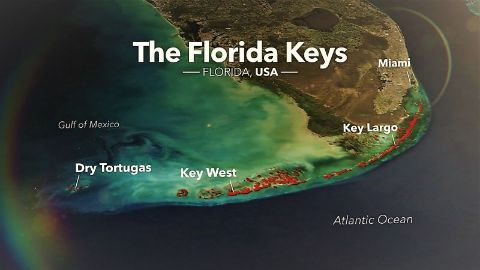Snowbound: Animals of Winter • 2017
From the shelter of our homes, snow looks magical, but it's a harsh reality to many animals. Snow means freezing temperatures, which these animals must endure for many months. Wildlife cameraman Gordon Buchanan meets some of the world's most iconic snow animals across the globe, from the penguins of Antarctica to the bison of Yellowstone and the Arctic fox. Beyond the Arctic Circle in northern Norway, he encounters wolves, lynx, reindeer, polar bears, muskox, and even a woolly bear - the most miraculous, coolest Arctic caterpillar! Buchanan reveals the incredible adaptations and extraordinary strategies these animals use to survive.
Make a donation
Buy a brother a hot coffee? Or a cold beer?
Hope you're finding these documentaries fascinating and eye-opening. It's just me, working hard behind the scenes to bring you this enriching content.
Running and maintaining a website like this takes time and resources. That's why I'm reaching out to you. If you appreciate what I do and would like to support my efforts, would you consider "buying me a coffee"?
Donation addresses
BTC: bc1q8ldskxh4x9qnddhcrgcun8rtvddeldm2a07r2v
ETH: 0x5CCAAA1afc5c5D814129d99277dDb5A979672116
With your donation through , you can show your appreciation and help me keep this project going. Every contribution, no matter how small, makes a significant impact. It goes directly towards covering server costs.





